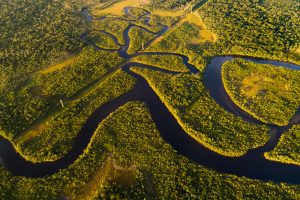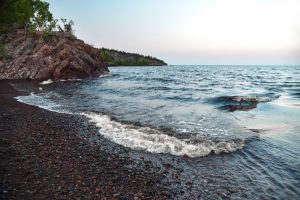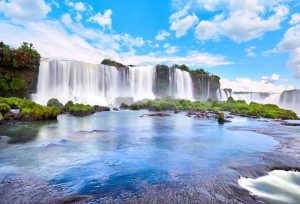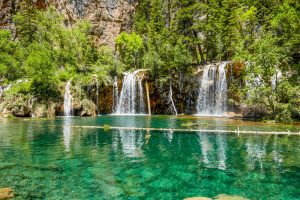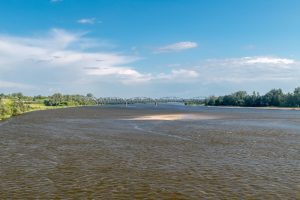South America is home to some of the highest mountains in the world. The Andes are where many of these soaring peaks are located, and at over 7,000 kilometers (4350 miles) in length, this massive mountain range is the longest in the world.
The Andes cross over seven different countries, but most of the highest mountains in South America are located in Argentina and Chile or along the border between the two.
Not only do these towering mountains make for some epic scenery, but they also beckon climbers from all over the world to ascend their peaks. Whether you’re looking for an adventure or just some more information about these massive monoliths, keep reading to discover the 10 highest mountains in South America.
Table of Contents
The Highest Mountains in South America
| Number | Mountain | Country | Height (feet) | Height (meters) |
|---|---|---|---|---|
| 1 | Aconcagua | Argentina | 22,687 | 6,915 |
| 2 | Ojos del Salado | Argentina/Chile | 22,615 | 6,893 |
| 3 | Monte Pissis | Argentina | 22,287 | 6,793 |
| 4 | Huascarán | Peru | 22,205 | 6,768 |
| 5 | Cerro Bonete | Argentina | 22,175 | 6,759 |
| 6 | Nevado Tres Cruces | Argentina/Chile | 22,139 | 6,749 |
| 7 | Llullaillaco | Argentina/Chile | 22,110 | 6,739 |
| 8 | Mercedario | Argentina | 22,047 | 6,720 |
| 9 | Cerro Walther Penck | Argentina | 21,850 | 6,660 |
| 10 | Incahuasi | Argentina | 21,844 | 6,658 |
1. Aconcagua: 6,915 meters (22,687 feet) – Argentina
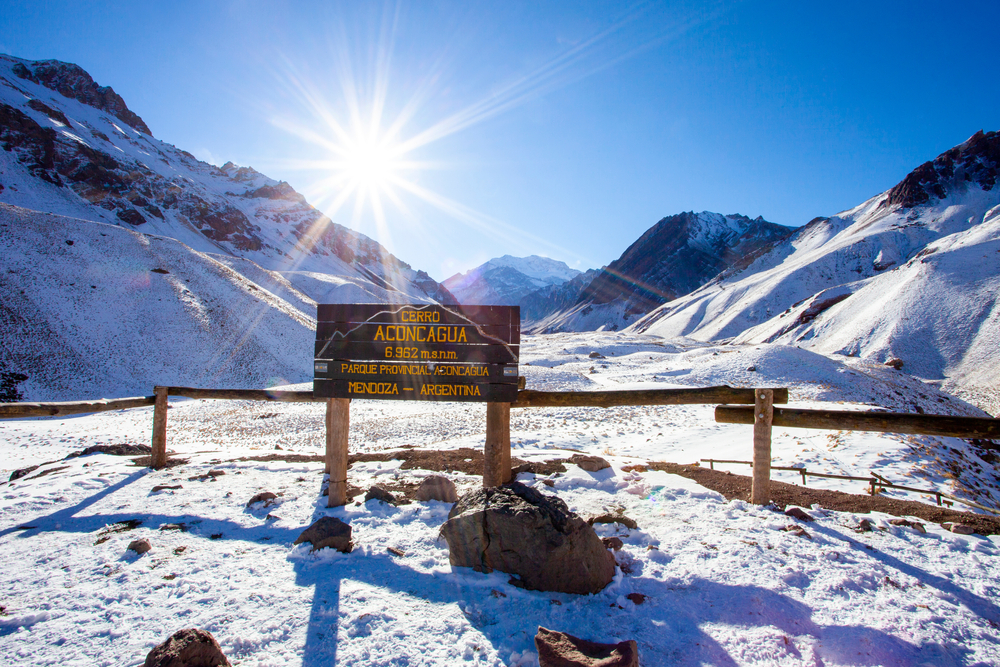
Aconcagua is the highest mountain in South America, and it’s also the highest peak in both the western and southern hemispheres. The accolades of Aconcagua continue, as this massive mountain is also the highest in the Americas (both north and south), and it is the highest mountain outside of Asia.
This impressive peak is located inside Parque Provincial Aconcagua and is the crown jewel of both the park and the entire Andes range. The park’s beauty draws thousands of visitors each year, many of whom are there to climb Aconcagua.
The mountain was first summited in 1897 by the famed mountaineer Matthias Zurbriggen after several failed attempts by other climbers. Today, Aconcagua is one of the Seven Summits – the seven highest mountains on each of the seven continents. While it is without a doubt a daunting climb, it is considered one of the easier mountains to conquer, so long as you ascend from the north.
2. Ojos del Salado: 6,893 meters (22,615 feet) – Argentina/Chile
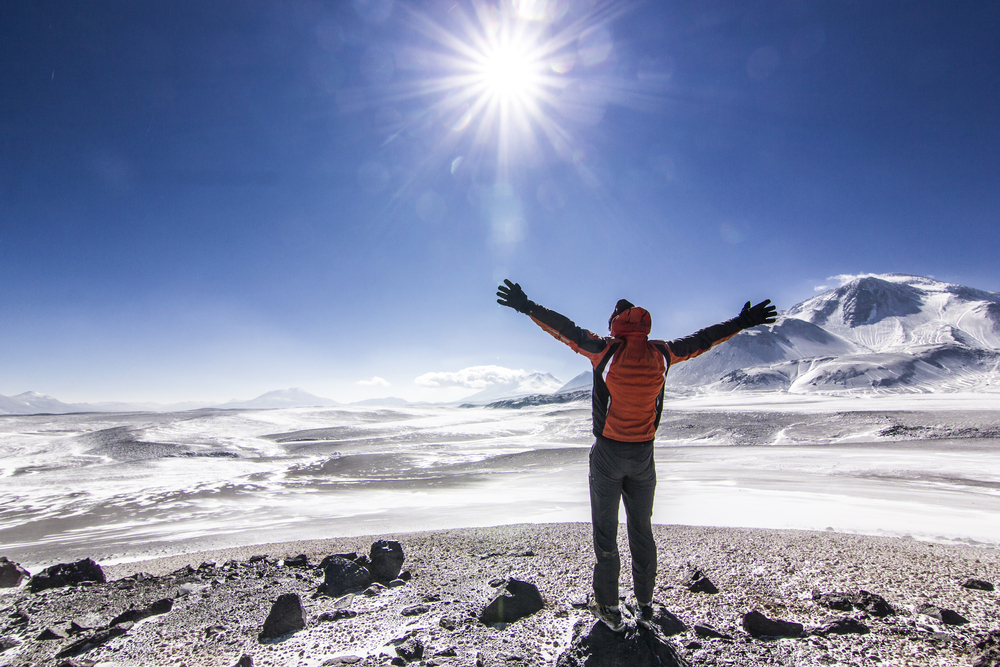
Ojos del Salado is South America’s second-highest mountain, and it’s also one of the largest volcanoes in the world. Situated along the Argentine-Chilean border on the outskirts of the Atacama Desert, Ojos del Salado is part of the high Andes.
Luckily for climbers hoping to reach the summit of this massive mountain, the volcano is now considered dormant. It was first ascended back in 1937, and it’s now a popular place for climbing expeditions despite its location near the driest place on earth.
Despite receiving little snowfall throughout the year, Ojos del Salado is home to the highest lake in the world. This small and hot pool of water is located near the summit and has no official name.
3. Monte Pissis: 6,793 meters (22,287 feet) – Argentina
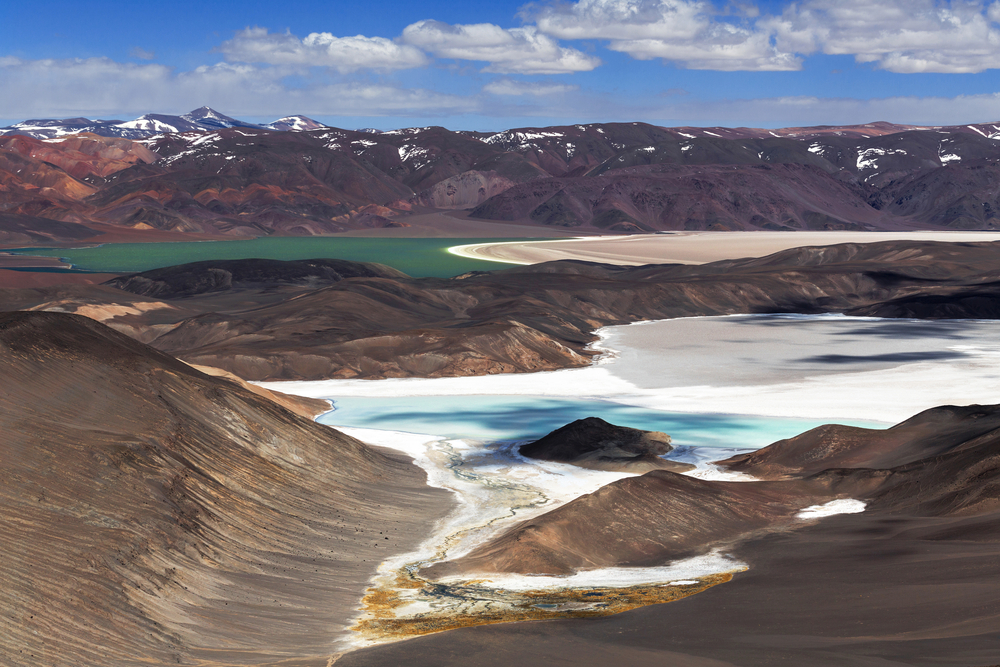
Monte Pissis is an extinct volcano and is located in the Atacama Desert about 550km (340 miles) north of Aconcagua.
Often referred to simply as “Pissis”, this Argentinian peak is the third highest mountain in South America. Before modern GPS technology, Monte Pissis was actually thought to be South America’s second-highest peak, but in 2005 it got bumped down to third after a new survey of the summit took place.
While it is now officially recognized as being slightly shorter than Ojos del Salado, reaching its summit is still more of a challenge. The first ascent of Monte Pissis was in 1937 and was actually accomplished by the same person who first climbed Ojos del Salado. The mountain wasn’t climbed again until 1985, mostly due to its remote location and long route to the top.
4. Huascarán: 6,768 meters (22,205 feet) – Peru

Peru boasts the fourth highest mountain in South America. Huascarán is by far the tallest peak in the country, and it’s also one of the most challenging to conquer in the entire continent.
Situated inside of the Parque Nacional Huascarán in western Peru, this mighty mountain features steep rock faces and deep crevices. At a minimum, it takes climbers four days to ascend this beast, and some of the more challenging routes take even longer.
Those who do make it to the top of Huascarán will experience the smallest gravitational force of any other place on earth.
5. Cerro Bonete: 6,759 meters (22,175 feet) – Argentina
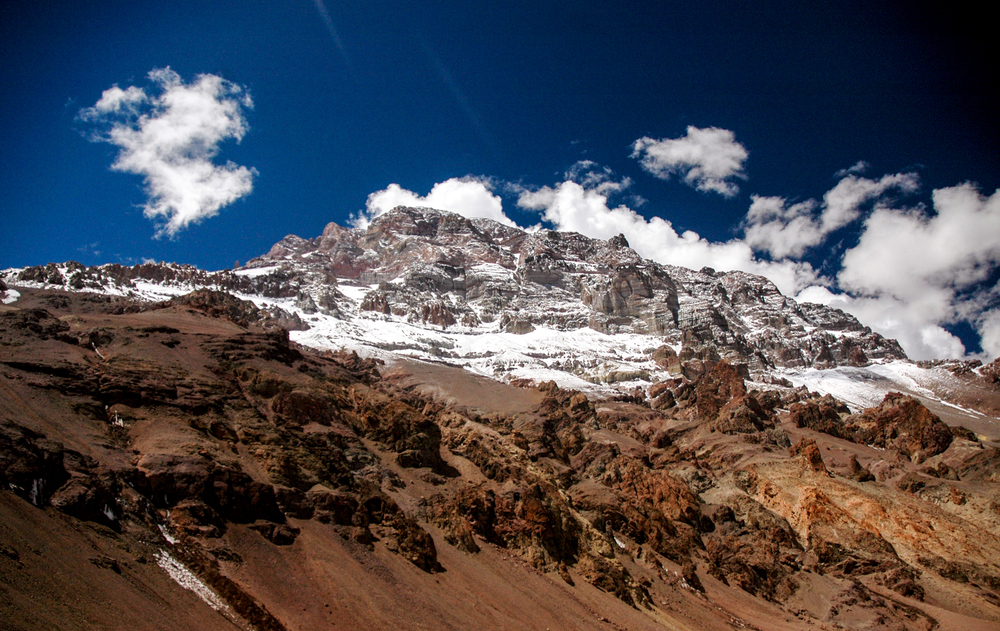
Head back to Argentina and you’ll find the fifth highest mountain in South America. Cerro Bonete is another extinct volcano, though the volcanic activity over the last 3 million years helped to shape the mountain into what it is today.
Spewing lava formed lava domes, dacite, and huge rhyodacite towers near the summit, and there’s even a dazzling lake in the center of the crater.
6. Nevado Tres Cruces: 6,749 meters (22,139 feet) – Argentina/Chile
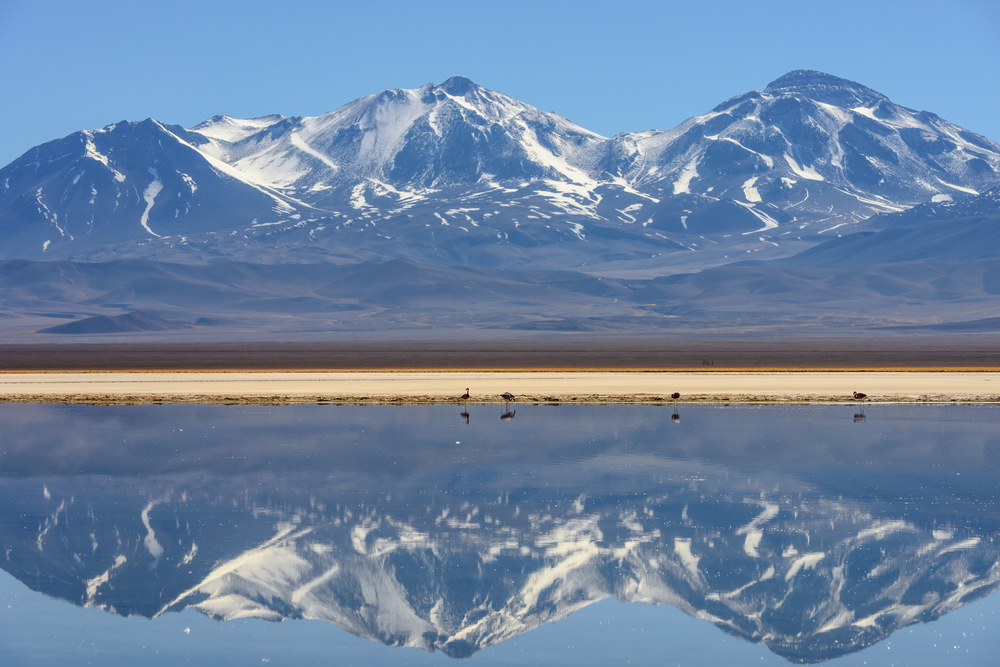
More volcanic activity can be found along the Argentine/Chilean border. Nevado Tres Cruces is a volcanic complex formed millions of years ago, and today it is the sixth highest mountain in South America.
The south peak is the highest of the three, though the north and central summits are also situated at impressive heights (6,629 meters and 6,206 meters respectively).
While there has been no volcanic activity over the last 28,000 years, scientists believe that this volcano may erupt again sometime in the future.
7. Llullaillaco: 6,739 meters (22,110 feet) – Argentina/Chile
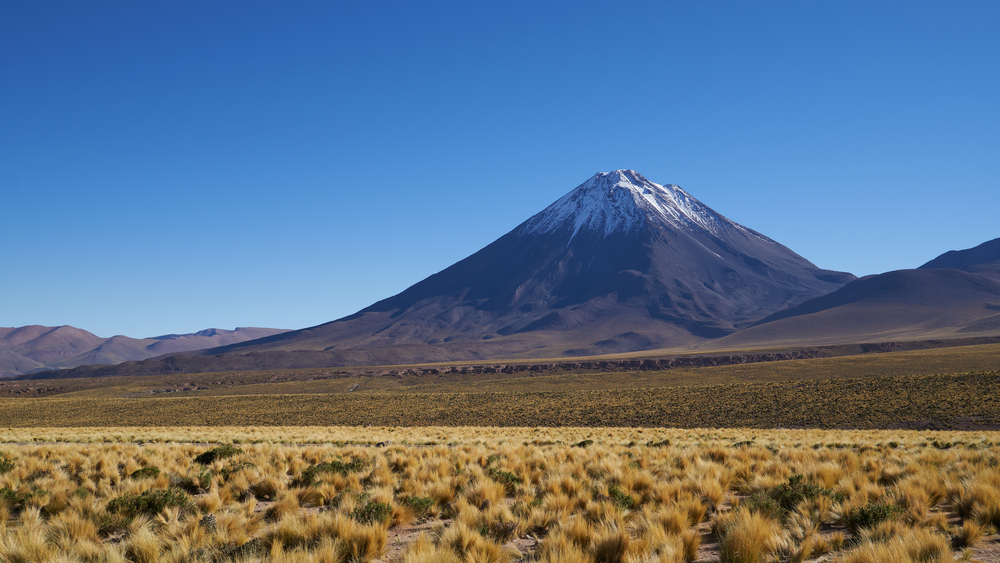
Coming in at number seven of the highest mountains in South America is Llullaillaco. This towering peak is the poster child of volcanoes when it comes to looks alone, with its distinct cone shape jutting up from the flat landscape of the Atacama Desert between Argentina and Chile.
The first recorded ascent of Llullaillaco dates back to 1950, but this was definitely not the first time that humans reached the summit of this dormant volcano. In 1999, the mummified remains of three children were found near the top of Llullaillaco, and they are thought to be the result of human sacrifice by the Incas.
8. Mercedario: 6,720 meters (22,047 feet) – Argentina
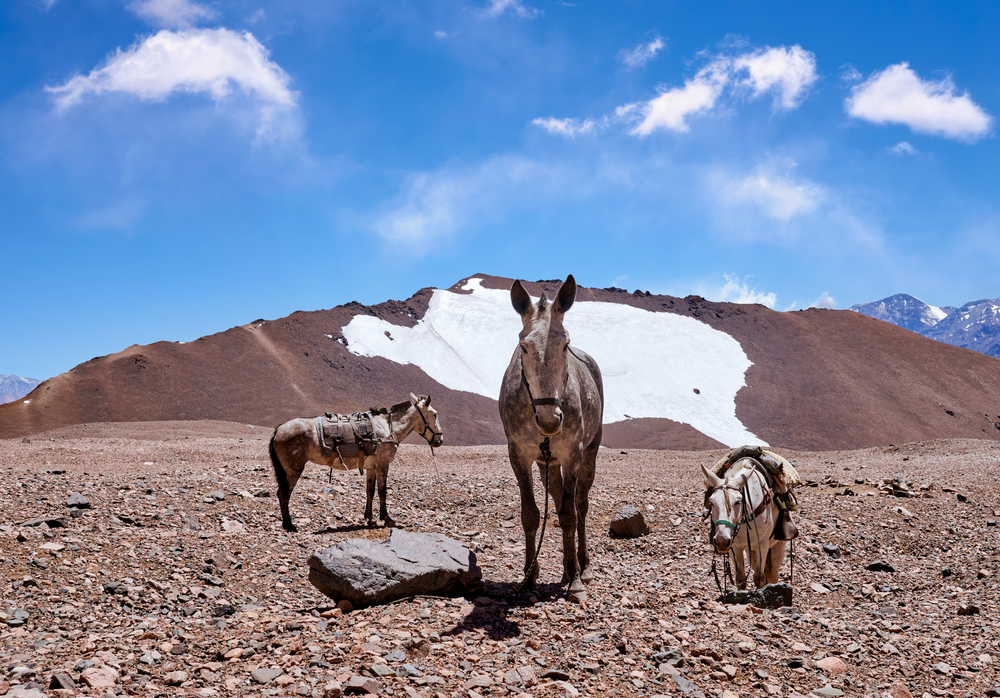
Situated in the Cordillera de la Ramada range of the Argentinian Andes, Mercedario is the eighth highest mountain in South America. Often overlooked for its more impressive neighbors like Aconcagua and Monte Pisses, Mercedario is the perfect climbing expedition for those looking to escape the crowds.
It was first ascended in 1934, and in 1968 its southern side was finally conquered after many failed attempts. Mercedario is cheaper, easier, and less crowded than many of the other mountains in this area, making it the perfect choice for beginners.
9. Cerro Walther Penck: 6,660 meters (21,850 feet) – Argentina
Also referred to as Cerro Tipas and Cerro Cazadero, Cerro Walther Penck is the ninth highest mountain in South America. This complex volcano is situated in the Andes of northwestern Argentina in the dry and barren Atacama Desert. Its parent peak is the nearby Ojos del Salado, located just to the southwest of Cerro Walther Penck.
While no volcanic activity has been proven for thousands of years, some believe that Cerro Walther Penck may someday erupt again. In 1991, there were reports of fumarolic activity, and a sulfuric smell was reported from some of the mountain’s crater lakes in 2013.
10. Incahuasi: 6,658 meters (21,844 feet) – Argentina
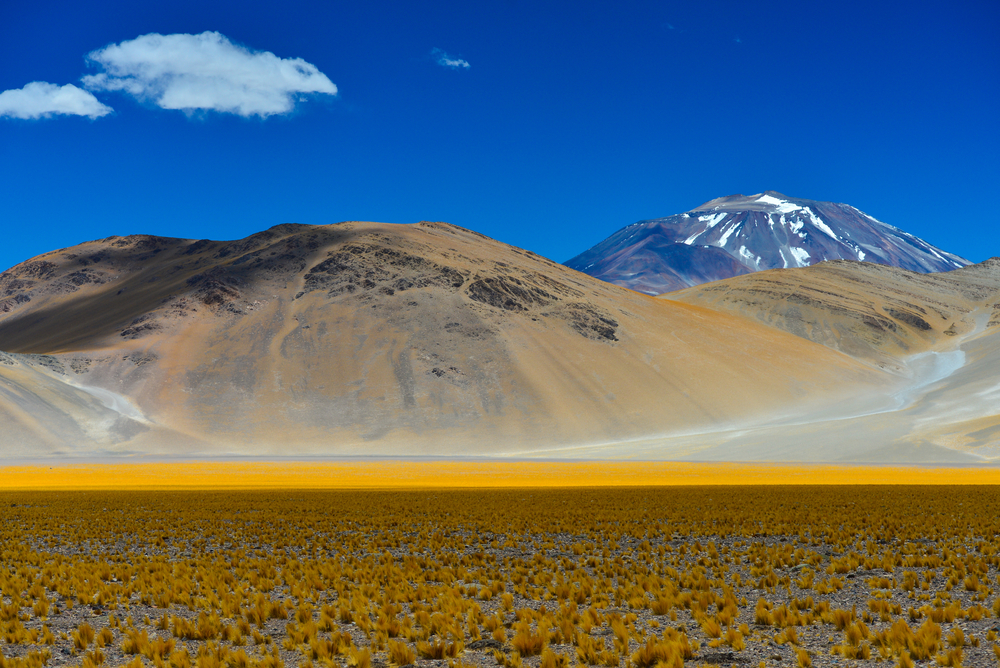
The tenth highest mountain in South America is Incahuasi, a volcanic mountain situated in the Andes of northwestern Argentina near the Chilean border.
While the first ascent has not been recorded, evidence suggests that the Incas were the first ones to make it to the top of Incahuasi. After the first recorded summit in 1912, ceremonial Incan structures were found at the top of the mountain.
Today, those who climb Incahuasi will find challenging routes all around the steep mountainsides. Most groups attempt the ascent within a 12-day period, and only the most experienced climbers should aim to reach the summit of Incahuasi.









